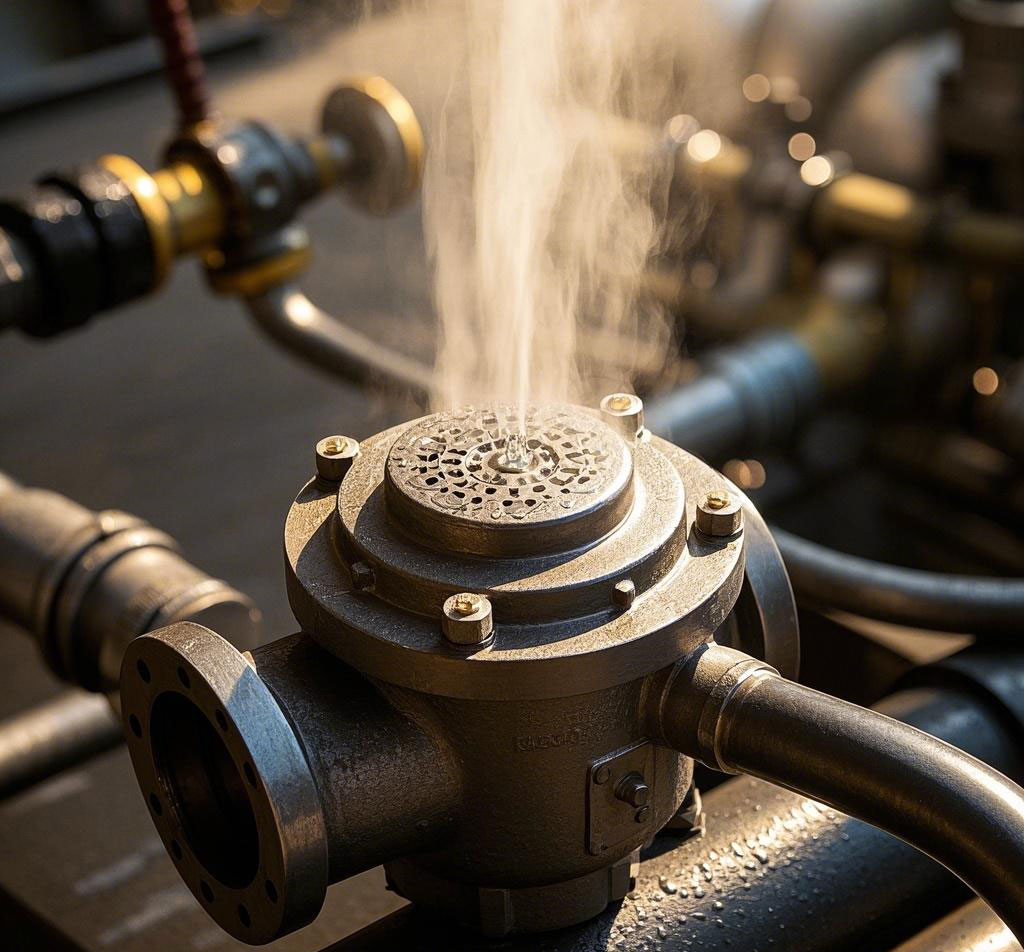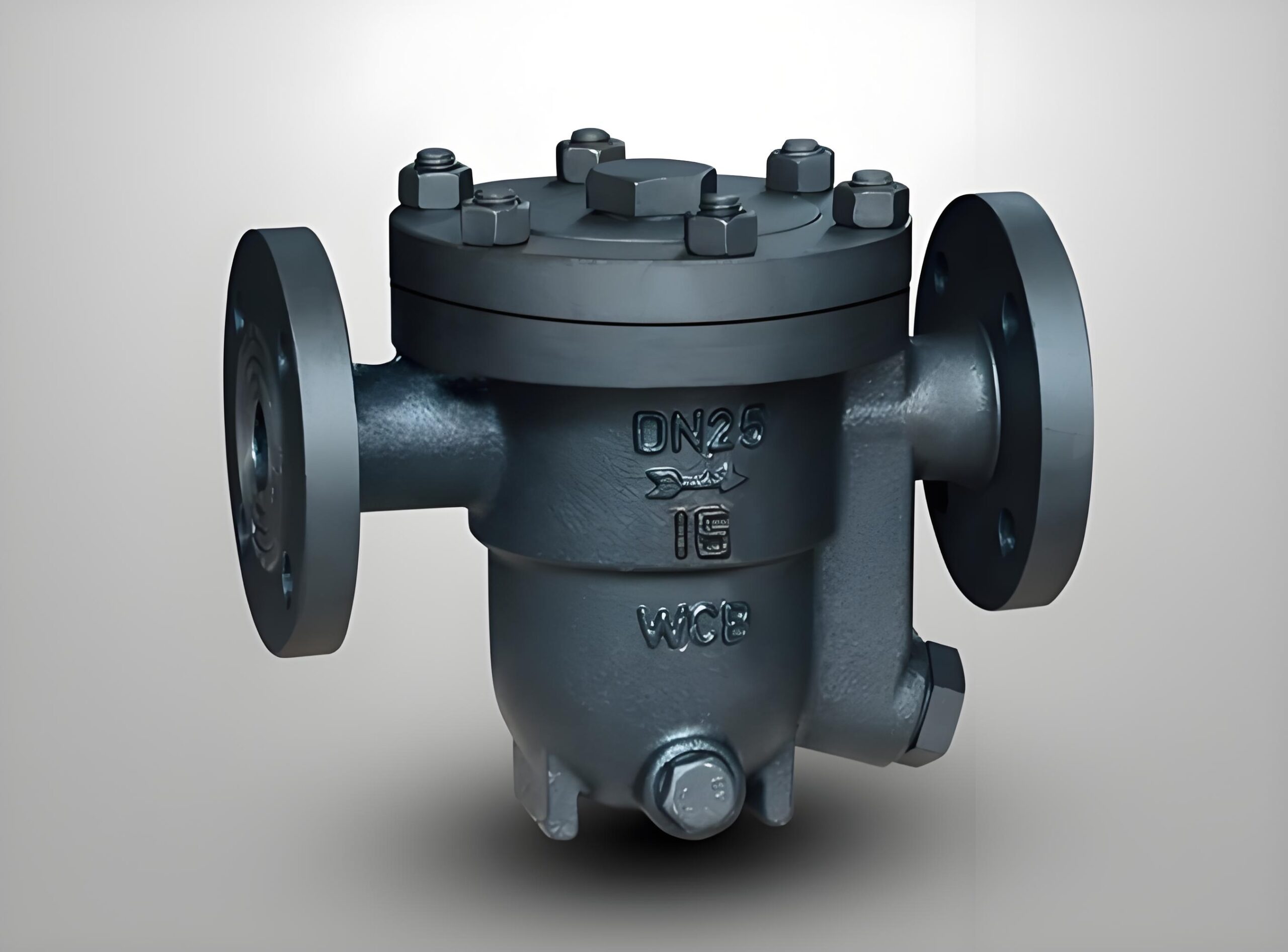Steam traps, this important device is cleverly installed between steam heating equipment and condensate recovery piping. When we activate the system, the bucket inside the trap is automatically placed at the bottom and the valve is fully opened.
First, condensate flows into the trap from the steam heating equipment, directly to the bottom of the bucket, and gradually fills the entire valve body, ensuring that the bucket is completely submerged. This condensate is then smoothly discharged into the condensate recovery line through the fully opened valve.
At the same time, steam creeps into the trap from the bottom of the drum, rising up and occupying the top space in the drum, creating buoyancy. As a result of the buoyancy, the bucket slowly rises and gradually moves toward the valve seat by means of leverage until the valve is completely closed. During this process, gases such as air and carbon dioxide pass through the small vent holes in the bucket and converge at the top of the trap. Any steam that is discharged through the vent holes will condense into water due to the heat dissipation effect of the trap.
Next, as new condensate continues to flow into and fill the bucket, the bucket begins to exert a downward pull on the lever. As the level of condensate continues to rise, this pulling force builds until it is able to overcome the pressure difference between the two sides of the valve, allowing the valve to reopen.
Once the valve begins to open, the differential pressure acting on the valve flap decreases rapidly. At this point, the barrel will drop rapidly as it loses its buoyant support, which in turn will allow the valve to reach its fully open state. During this process, the non-condensable gases that have accumulated at the top of the trap will be expelled first, and condensate will then flow out smoothly. It is particularly noteworthy that as the water flows out of the drum, it also carries some dirt with it out of the trap, thus keeping the system clean.
At the same time, as the condensate is discharged, steam begins to enter the trap again, marking the start of a new operating cycle. In this way, steam traps efficiently manage condensate and non-condensable gases in the steam system, ensuring the continued stable operation of steam heating equipment.



